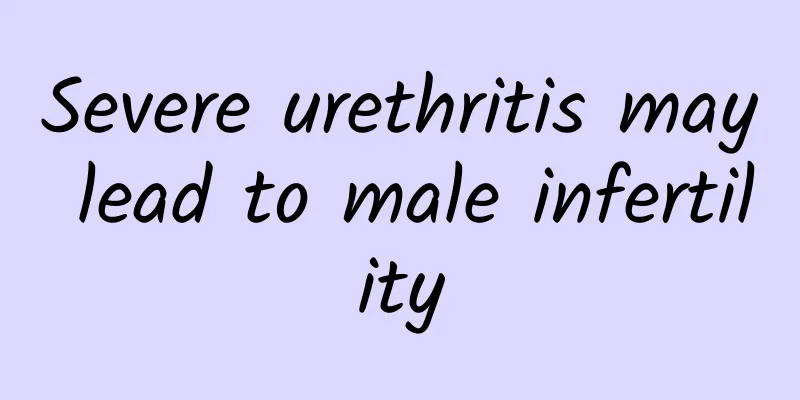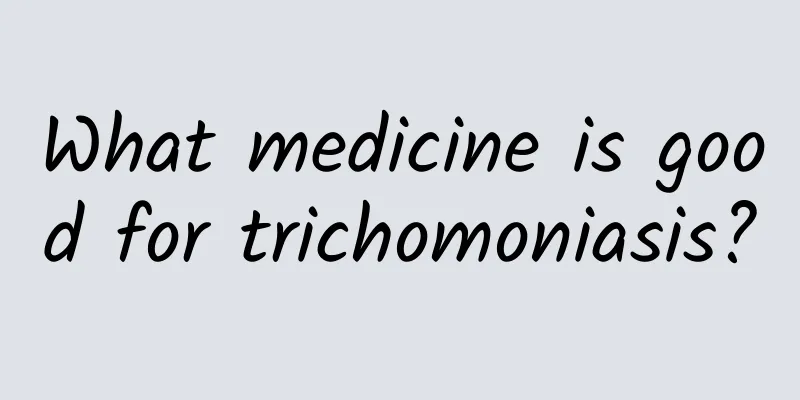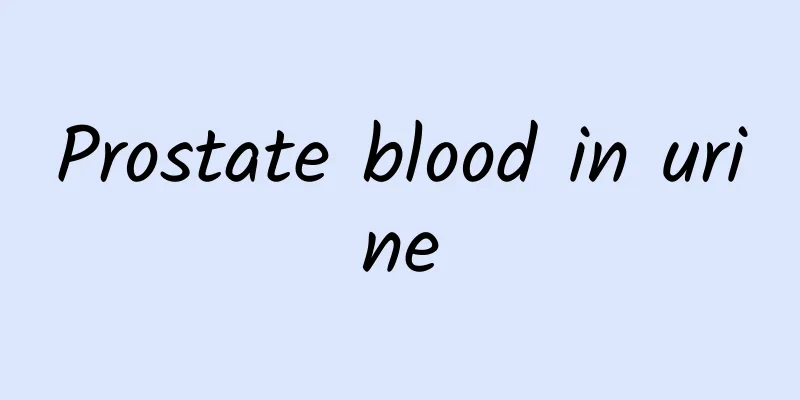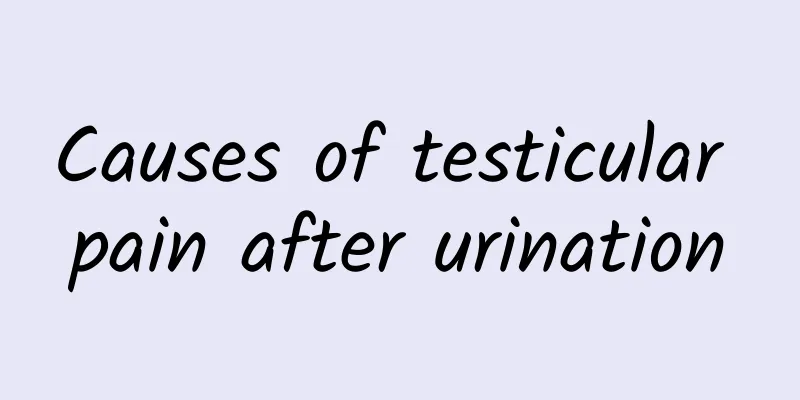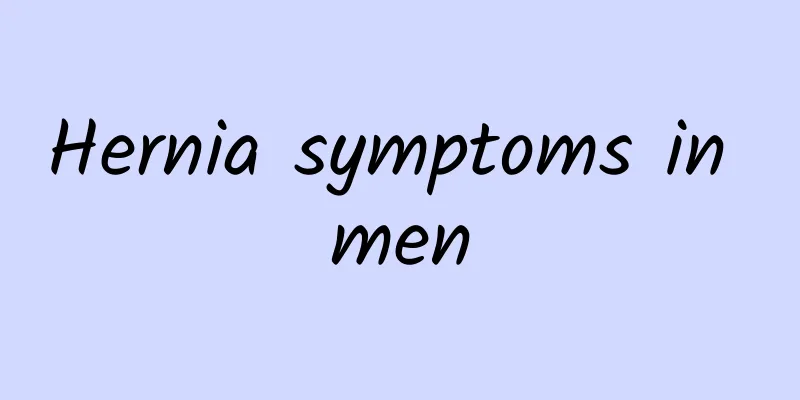Treatment of aseptic chronic prostatitis
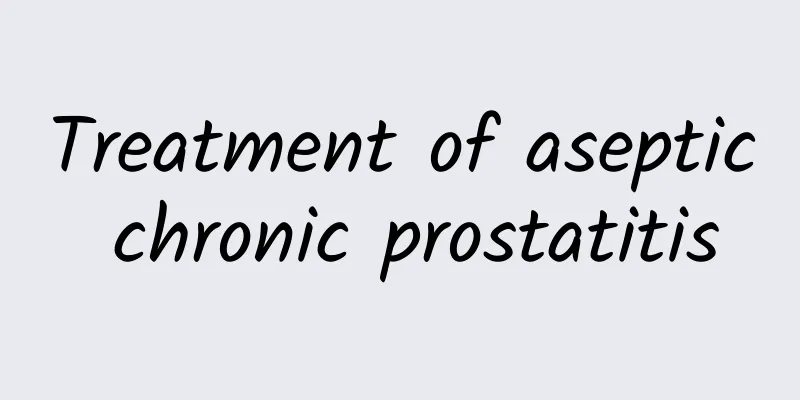
|
The course of aseptic chronic prostatitis is relatively long, so patients must have a certain degree of patience with their disease, cannot give up halfway, and cannot arbitrarily increase or decrease their medications at home. They must take medications according to the doctor's instructions and have a reasonable sexual life. So let us take a look at the treatments for aseptic chronic prostatitis. Although it is not bacteria that are to blame, "sterile" does not mean that there are no other pathogenic microorganisms. For example, parasites (such as Trichomonas), viruses, mycoplasma, chlamydia infection, etc. can also cause prostatitis. Frequent and repeated congestion of the prostate can also easily induce chronic sterile prostatitis: 1. A man who is used to regular sex life, if he cannot continue sexual intercourse because his wife is pregnant or sick, or if he has a strong sexual desire and frequent sexual impulses but cannot vent them, 2. If you don't have sex for a long time, the prostate secretes a lot of fluid, which will cause the prostate to expand excessively and become congested and filled with fluid. 3. Being influenced by excessive propaganda about men cherishing sperm or being worried about pregnancy, they often interrupt sexual intercourse and force themselves to not ejaculate; 4. Excessive sexual activity, frequent masturbation, or excessive indulgence in sexual issues; 5. Drinking a lot of alcohol and eating fishy, sour, spicy and other irritating foods. Chronic aseptic prostatitis includes both specific prostatitis and non-specific chronic aseptic prostatitis: 1. Specific prostatitis includes: chronic aseptic prostatitis 1. Prostatitis caused by gonorrhea, tuberculosis, syphilis, fungi and parasites (such as Trichomonas) 2. Prostatitis caused by virus, mycoplasma, or chlamydia infection; 3. Gnathoderma prostatitis; Chronic aseptic prostatitis 4. Prostate pain and prostate congestion, etc. 2. Non-specific prostatitis: Non-specific granulomatous prostatitis, sequelae of sexually transmitted diseases (non-gonococcal urethritis, etc.) Prostate function has not fully recovered after treatment ●Chronic aseptic prostatitis has the highest incidence rate, and about 80% of prostatitis patients belong to this type. ●The pathogenic microorganisms that currently have the highest incidence, are most difficult to treat, and take the longest to treat, and cause non-gonococcal urethritis, chronic aseptic prostatitis, and other urogenital infections and infertility are mycoplasma and chlamydia. The best way to kill them is to use a prostate suppository through the rectum combined with oral administration of the "Sukefu" series of drugs. In the article, we have learned about the treatment of aseptic chronic prostatitis. In fact, the incidence of this disease is still relatively high, and it is very difficult to treat. The treatment time also takes a long time, so patients should develop a reasonable lifestyle and not have excessive sex. |
<<: Physical therapy for chronic prostatitis
>>: How to treat aseptic chronic prostatitis?
Recommend
Men's body hair suggests this
There have been some rumors circulating among the...
What are the causes of urinary tract infections in men?
Many men feel pain or even itching in their lower...
What is a man's prostate disease? These three are the most common
For adult men, it is imperative to protect the pr...
There are yellow crystals in the sperm
Once there is a problem with sperm, women will no...
Take Liuwei Dihuang Pills for wet testicles
Most of them don't work. Although I didn'...
5 tips for men to maintain good health and sperm quality in autumn
Sperm is stronger in autumn. Although humans do n...
What to do if a man has chloasma on his face
Maybe many of our male friends often have chloasm...
Sexy lingerie also depends on the color. What color does your man like?
If the married life is always dull, it seems that...
How long does it take for circumcision surgery to heal?
The foreskin is a layer of protective tissue outs...
How to take care of your face for boys
The era of "Why should a man have a mirror?&...
Drunk driving harms others and yourself! How long should you wait before you can drive after drinking 6 bottles of beer?
Nowadays, the whole country is cracking down on d...
Testosterone Enanthate
Testosterone enanthate is a common injectable dru...
Yellow urine in men
The color of urine is affected by many factors, s...
There is a dull pain inside the penis
The male penis symbolizes male dignity, so it is ...
Is it good for men to have high levels of testosterone?
For men, masculinity is a characteristic that sho...

